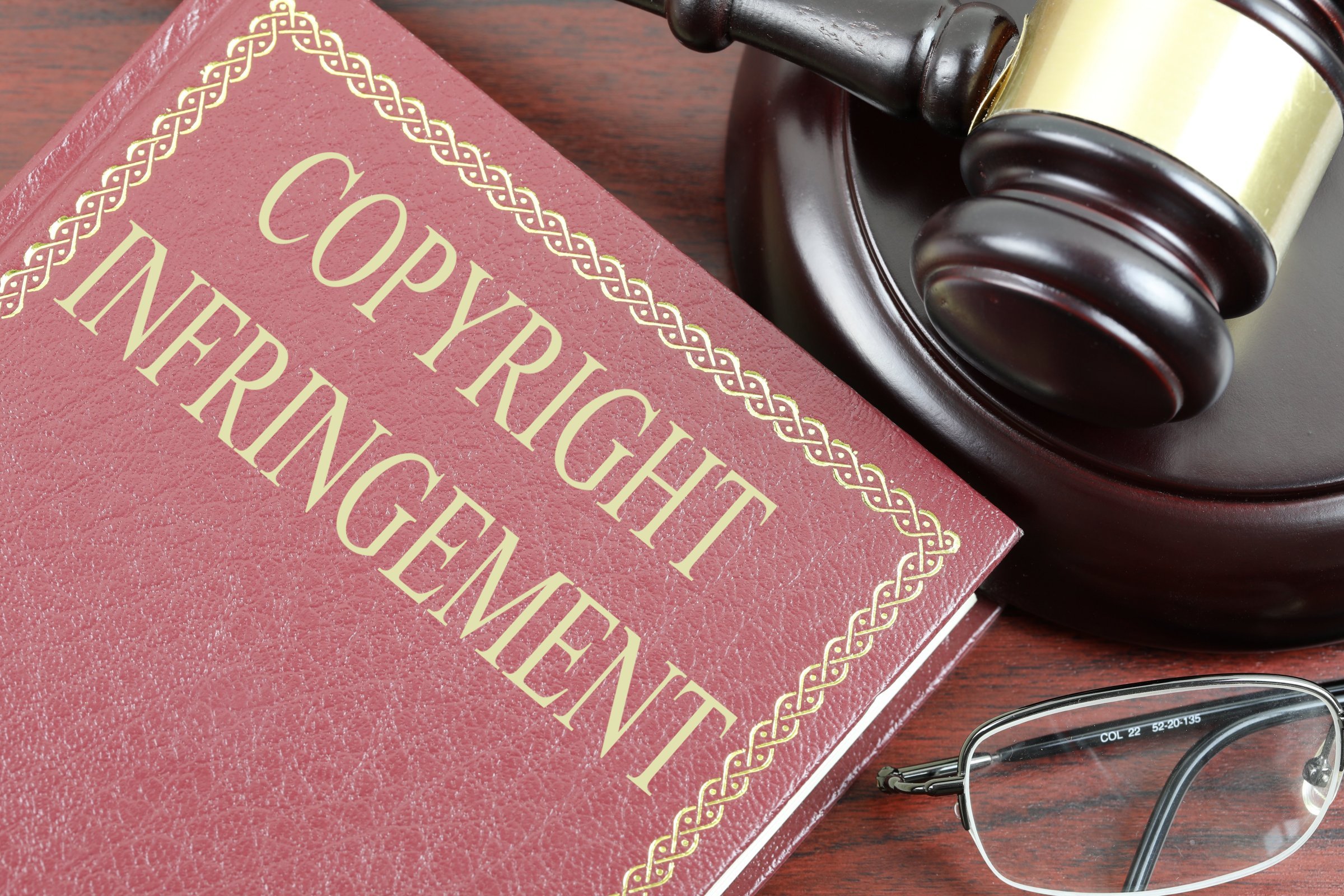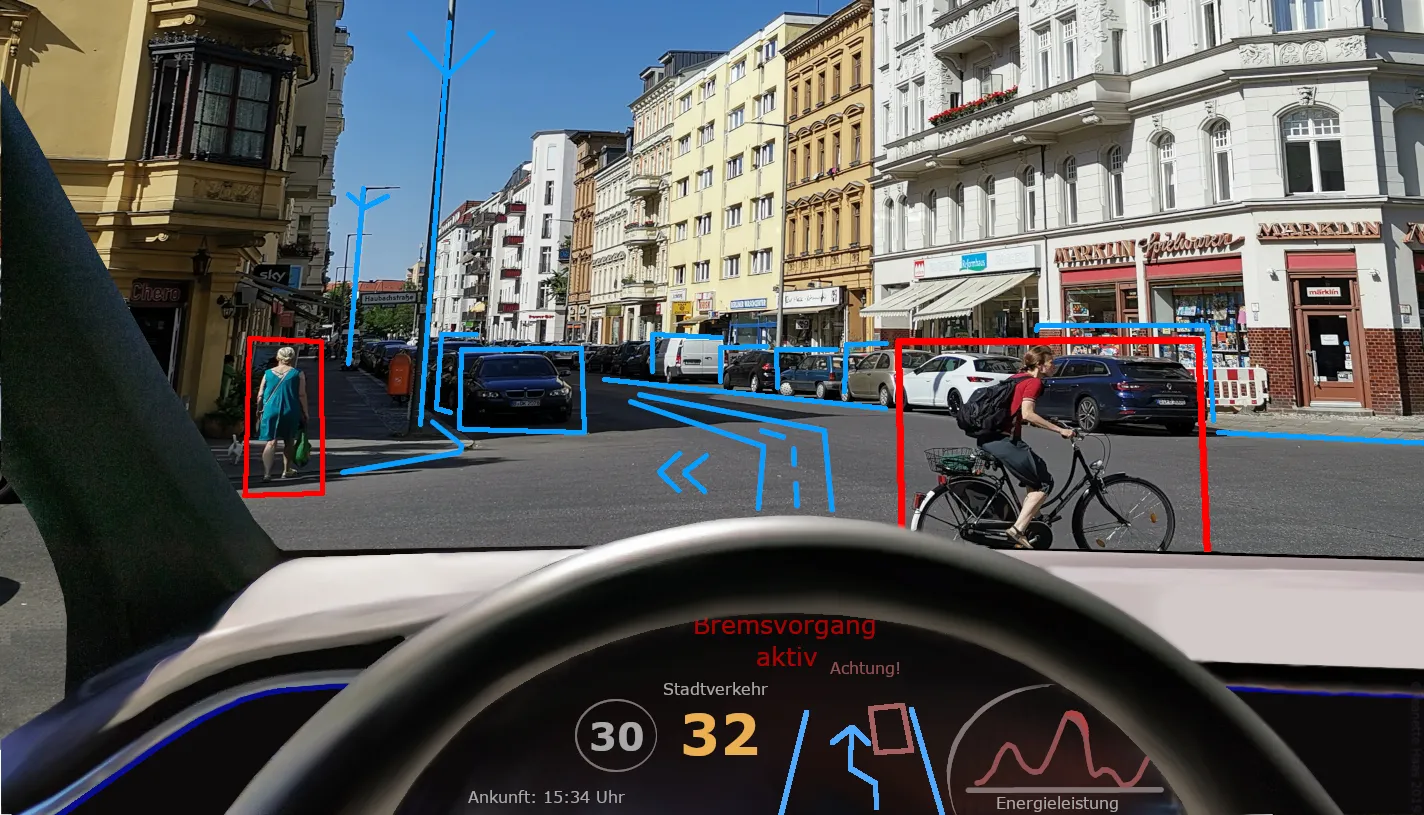
The motion picture industry, a cornerstone of global entertainment and culture, has long grappled with the insidious threat of piracy. From the days of illicit VHS dubs to the current era of high-definition streaming and torrents, the unauthorized distribution and consumption of copyrighted content remain a significant drain on revenue and a disincentive for investment in new productions. In 2024, estimates placed the annual global revenue loss due to digital video piracy in the tens of billions of dollars, a figure that continues to rise as new technologies emerge and distribution channels proliferate.
The core challenge lies in the speed and scale at which pirated content can be disseminated across the vast digital landscape. A movie released in theaters can be ripped and uploaded to hundreds of illicit sites within hours, reaching millions of potential viewers globally before official distribution channels can even fully roll out. This rapid proliferation makes it incredibly difficult for human teams to identify, track, and remove all instances of pirated content. Furthermore, pirates are constantly innovating, employing techniques such as camcording, screen recording, and even sophisticated digital manipulation to circumvent watermarks and content ID systems, creating a relentless cat-and-mouse game.
However, just as technology fuels piracy, it also offers powerful tools to combat it. Artificial Intelligence (AI), particularly in its advanced forms like machine learning, deep learning, and computer vision, is now poised to revolutionize anti-piracy strategies. AI’s ability to process vast amounts of data at unprecedented speeds, identify complex patterns, and make predictive analyses offers a proactive and scalable solution that was previously unimaginable. This integration is not merely an incremental improvement but a fundamental paradigm shift in how the industry approaches content security, promising a future where creators are better equipped to protect their work and ensure fair compensation.

1. **Digital Rights Management (DRM)**A foundational pillar in the defense against digital piracy, Digital Rights Management (DRM) is a technique specifically engineered to prevent the unauthorized copying and distribution of digital information protected by copyrights. It represents an essential layer of security, embedded directly into the content itself, designed to control access and usage. The objective is clear: to maintain the integrity of intellectual property in an age where digital replication is effortless.
DRM systems primarily function through encryption. By encrypting video content, access is restricted, ensuring that only authorized users with the correct decryption keys can view or interact with the material. This acts as a formidable barrier, preventing illicit users from creating unauthorized copies or disseminating content beyond its intended, licensed scope. It’s an intricate dance between secure delivery and seamless user experience, constantly evolving to stay ahead of illicit circumvention.
While DRM forms a crucial component of any robust anti-piracy strategy, its efficacy is perpetually challenged by the ingenuity of pirates. As technology advances, so too do the methods employed by those seeking to bypass these protective measures. Therefore, content producers and distributors must continuously update and refine their DRM implementations, understanding that this is not a static solution but a dynamic, ongoing process in the fight to secure creative works.

2. **Watermarking**Watermarking stands as another indispensable technological tool in the ongoing battle against video piracy, offering a discreet yet powerful method for content owners to protect their assets. This technique involves embedding an indiscernible digital mark directly into a video stream, serving as a unique identifier for the content owner. The beauty of watermarking lies in its stealth, often invisible to the casual viewer, yet detectable by specialized systems.
The primary function of watermarking is to allow content owners to trace the origin of pirated versions of their work and monitor how it is distributed across various platforms. Should an unauthorized copy surface, the embedded watermark can be analyzed to reveal its source, providing critical forensic evidence. This capability transforms a seemingly anonymous act of piracy into a traceable event, enabling targeted enforcement actions against the perpetrators.
As pirates become more sophisticated in their attempts to remove or degrade these marks, the technology behind watermarking has also advanced significantly. Modern watermarking techniques are designed for robustness, capable of withstanding various forms of digital manipulation, re-encoding, and even partial corruption. This continuous evolution ensures that watermarks remain a potent tool for accountability and deterrence, providing content creators with a vital means to protect their intellectual property.

3. **Content Identification Systems**In the sprawling digital ecosystem of video-sharing services, content identification systems have become an essential automated defense mechanism against the pervasive threat of piracy. These sophisticated systems are specifically designed to automatically detect and subsequently remove unauthorized content, operating at a scale and speed that manual oversight simply cannot match. They act as vigilant digital gatekeepers, protecting copyrighted material across vast online platforms.
The operational prowess of these systems hinges on their ability to examine uploaded videos against an extensive database of copyrighted content. Utilizing sophisticated algorithms, they perform rapid and comprehensive analyses, meticulously comparing newly uploaded files with known intellectual property. Any matches identified trigger an alert, signaling the presence of potentially unauthorized material and initiating the necessary removal protocols. This automated process is critical for immediate action.
These systems are particularly vital for platforms that host user-generated content, where the sheer volume of uploads makes human review impractical. By proactively scanning and identifying infringing material, content identification systems play a crucial role in upholding copyright regulations and safeguarding the legal rights of content producers and distributors. Their continuous improvement is paramount as pirates devise new methods to evade detection.

4. **Anti-Piracy Tracking Software**The ubiquitous nature of peer-to-peer (P2P) file-sharing networks presents a significant challenge in the fight against video piracy, demanding specialized tools for effective countermeasures. Anti-piracy tracking software emerges as a critical technological solution in this arena, specifically engineered to monitor these networks and identify individuals or entities engaged in the illegal dissemination of copyrighted information. It provides content owners with intelligence to combat unauthorized sharing.
This software operates by constantly scanning P2P networks, analyzing data traffic, and identifying files that match copyrighted content. It can detect the IP addresses and other identifiers of users who are uploading or downloading pirated material, thereby building a profile of illicit activity. This meticulous tracking allows content owners and their anti-piracy partners to gather evidence, which is essential for subsequent legal actions or issuing takedown notices.
The continuous evolution of P2P technologies and the rise of encrypted or decentralized sharing platforms necessitate equally adaptive anti-piracy tracking software. These systems must be dynamic, capable of navigating complex network architectures and circumventing new obfuscation techniques employed by pirates. Their ability to pinpoint the sources of illegal distribution makes them invaluable in disrupting the piracy ecosystem and protecting intellectual property rights.

5. **Geoblocking**In a globally interconnected digital world, ensuring that content is accessed only within its legally authorized territories is a complex but crucial aspect of anti-piracy strategy. Geoblocking, a technology that restricts access to content based on the user’s geographical location, provides an effective means to achieve this. It serves as a digital border control, enforcing regional licensing agreements and preventing unauthorized cross-border distribution.
The mechanism behind geoblocking typically involves identifying a user’s IP address, which is then mapped to a specific geographic region. If the user’s location falls outside the permitted territories for a particular piece of content, access is denied. This can be used to stop users from accessing illegal content from areas outside of those where it is permitted, thereby upholding the territorial integrity of content distribution rights. It’s a key tool for managing market segmentation.
While primarily used for legitimate content distribution, geoblocking also plays a significant role in preventing piracy by limiting the audience for illicit streams and downloads. By making it harder for pirates to reach viewers in specific regions, content owners can mitigate revenue loss and protect their exclusive distribution partnerships. The precision and adaptability of geoblocking technologies are constantly refined to counter VPNs and other methods used to circumvent geographical restrictions.

6. **Deep Learning for Anomaly Detection in Video Streams**Moving beyond traditional anti-piracy methods, deep learning, a cutting-edge subset of machine learning, is revolutionizing the identification of pirated video content by focusing on anomaly detection. This advanced AI capability goes far beyond simple file comparisons, leveraging artificial neural networks to discern subtle, often imperceptible, characteristics within video streams that betray unauthorized distribution. It represents a paradigm shift from reactive to highly perceptive proactive defense.
Deep learning models are trained on vast datasets of both legitimate and pirated content, enabling them to “learn” the nuanced visual and auditory signatures of illicit copies. These anomalies might include specific variations in compression artifacts, subtle shifts in color profiles, the tell-tale presence of overlay elements like camcorder time stamps, or unusual aspect ratios. The models become adept at recognizing what a pirated video “looks” and “sounds” like, even after significant manipulation by pirates.
A particularly powerful application is the detection of camcording, which yields some of the first illicit copies after theatrical release. Deep learning models can identify the unique signatures of camcorded content, such as shaky camera movements, distorted audio, or reflections of a cinema audience. By analyzing temporal sequences and spatial patterns, these AI systems pinpoint anomalies with high accuracy, even if the video is cropped or re-encoded, allowing for near real-time identification and swift takedown actions.




